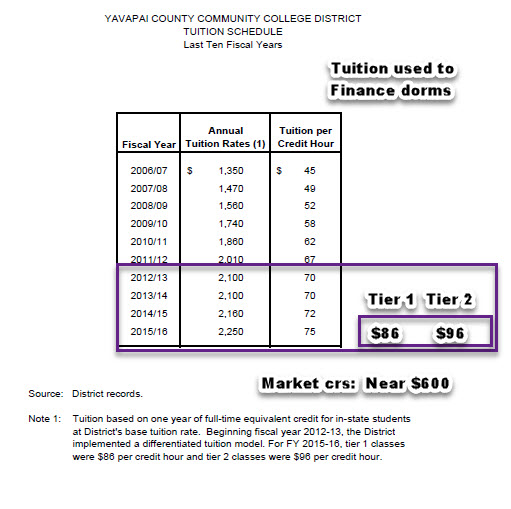2016 or 2017 GED grads may attend Yavapai Community College without paying tuition; but must provide for other related costs
Students who have recently received their GED will be able to attend Yavapai College tuition-free.
Penny Wills, Yavapai College president, said the College’s Adult Basic Education waives tuition and fees for all Yavapai County residents who earned their GED in 2016 or 2017, and who meet Arizona state residency requirements.
“We know after 12 credits of higher education they are more likely to vote, they are less likely—markedly—to be incarcerated, and they will be much more involved with their communities. That’s the type of person that I want in our society,” she said.
Students will still be responsible for other expenses, such as books, supplies, and testing fees, according to a post on the Yavapai College website.






